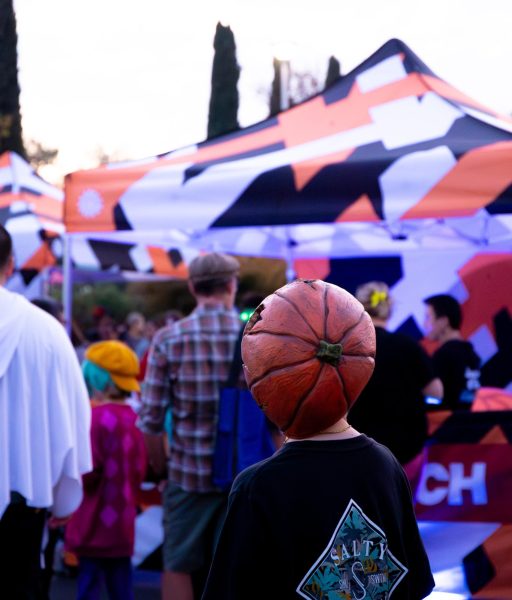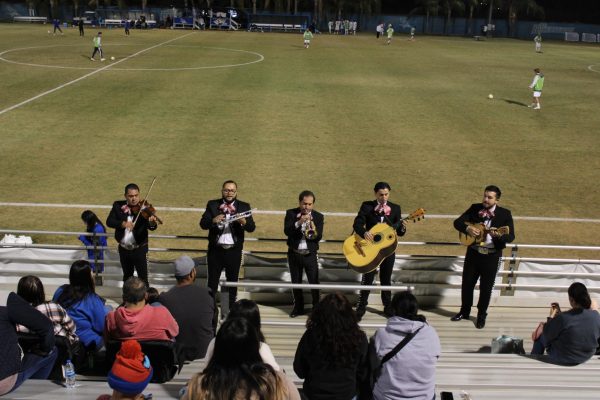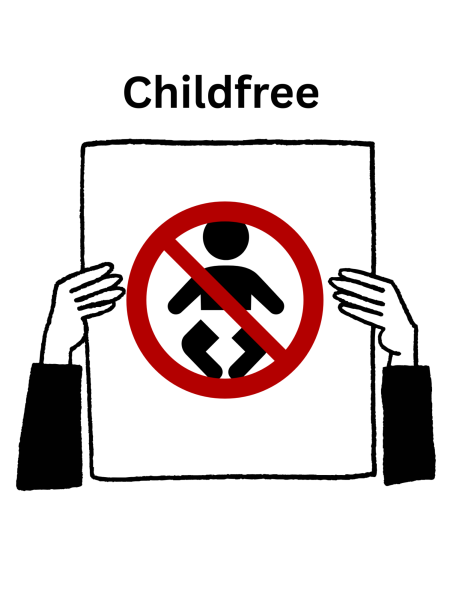Giant sequoia tree population faces large decline due to wildfires
October 19, 2022
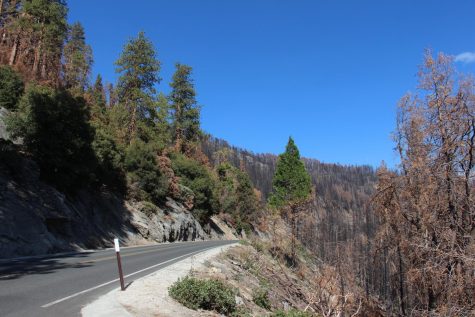
Growing up in central California, you probably have fond memories of visiting a giant sequoia grove in a national park. Maybe you’ve craned your neck up at these beauties while hiking the trail of 100 giants. Or perhaps you’ve marveled at the magnitude of the world’s largest tree, in terms of trunk volume, the General Sherman in Sequoia National Park. Before it became illegal to cut down giant sequoias, logging reduced these groves greatly. Now, these trees face a growing threat each year: wildfires.
In the last two years, about 20% of the giant sequoia tree population has been killed due to three major wildfires: The Castle Fire in Tulare County, the KNP Complex Fire, and the Windy Fire in the Sequoia National Forest.
Two plant biology professors and their students here at CSUB study the effects of drought and wildfire on native species in California. One of the native species that they study is the giant sequoia trees, which are the oldest and largest trees in the world and estimated to live for over 3,000 years.
Plant Biology Professor Dr. Brandon Pratt said that giant sequoias are well adapted to coping with fire because they can coexist with certain fire regimes known as smoldering ground fires.
“Sequoias have this amazingly thick bark that is filled with air, which is a great insulator. The air inside the bark protects the living tissues inside it from the fires,” said Pratt.
However, the scope and strength of recent wildfires are growing so much that even the giant sequoia trees are not surviving them.
Fellow Plant Biology Professor Dr. Anne Jacobsen said, “We have these organisms that are thousands of years old, that have lived and survived through fires and droughts for thousands of years, and they are dying now. So, that tells us that these fires and droughts that we are having are not normal.”
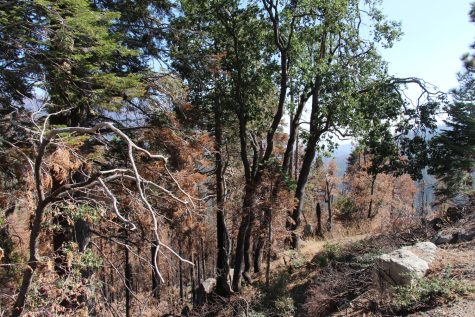
The Castle Fire, which raged from Aug. 19, 2020 to December 2020, burned about 171,000 acres of the Sequoia National Forest. According to the National Park Service website, “The Castle Fire killed an estimated 7,500 to 10,600 giant sequoias. This is 31 to 42 percent of large sequoias within the Castle Fire or 10 to 14 percent of all large sequoias across the tree’s natural range in the Sierra Nevada.”
Giant sequoias only grow naturally between 4,000 and 8,000 feet in elevation on the Western slopes of the Sierra Nevada in California, according to the National Park Service website. The KNP Complex Fire and Windy Fire both started from the same lightning storm on Sept. 9, 2021, and have burned an estimated 186,000 acres combined, or about 5% of the giant sequoia tree population in the world.
“Giant sequoia trees specialize and become exquisitely adaptive to a particular environment. The current environment is shifting and these majestic giant creatures are now in a vulnerable state because of climate change,” said Pratt.
The most recent fire, the Washburn Fire, started on July 7, 2022 and burned for 27 days across 4,886 acres of the Mariposa Grove in Yosemite National Park. This grove is home to over 500 giant sequoias and the Grizzly Giant, which is the second largest tree in Yosemite standing at 209 feet tall.
Wynne Davis, a reporter and producer for NPR, said that a sprinkler system was installed to help increase humidity surrounding the Grizzly Giant and reduce the chance of a ground fire, in the article “Wildfire near Yosemite National Park threatens its largest grove of sequoia trees.”
The Washburn Fire was officially 100% contained on Aug. 4, 2022 and there was little to no impact to Giant Sequoias in the grove, according to “The Washburn Incident,” by the California Department of Forestry and Fire Protection.
Jacobsen said, “For the groves that have been lost, it’s kind of amazing to think that even if we get seeds germinated and new seedlings coming back, it’s not just that we won’t see big trees again in our lives. It’s generations of lives out before we will get those big trees back again.”
Gavin Horton, a second-year engineering sciences major at CSUB, said that throughout their whole life, they have gone camping and hunting in the Sequoia National Forest.
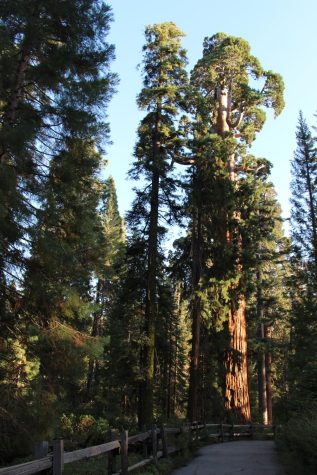
“I think it’s really sad that our forests have been burning so much recently because of all of the environmental hardships we have been dealing with. Just recently, I visited the lower sequoias and saw mountain sides full of scorched landscape and trees,” said Horton.
According to the July 2021 article, “Wildfires Kill Unprecedented Numbers of Large Sequoia Trees” on the National Park Service website, Clay Jordan a park superintendent of Sequoia and Kings Canyon National Parks said, “The unprecedented number of giant sequoias lost to fire last year serves as a call to action.”
Jordan also said, “To combat these emerging threats to our forests, we must come together across agencies.”
Pratt said that young people, like students at CSUB, can get involved by joining groups such as Save the Redwoods League and The Sierra Club. These organizations take policy stands and influence policymakers on issues that are good for sequoia trees.
“You can get on the ground, hands-on volunteer. The bigger issue is the policy and you can contribute and make connections with like-minded people and these organizations,” said Pratt.
The Sierra Club Kern Kaweah Chapter has a local group in Bakersfield called, The Buena Vista Group. You can join online for a small fee at https://www.sierraclub.org/kern-kaweah .



